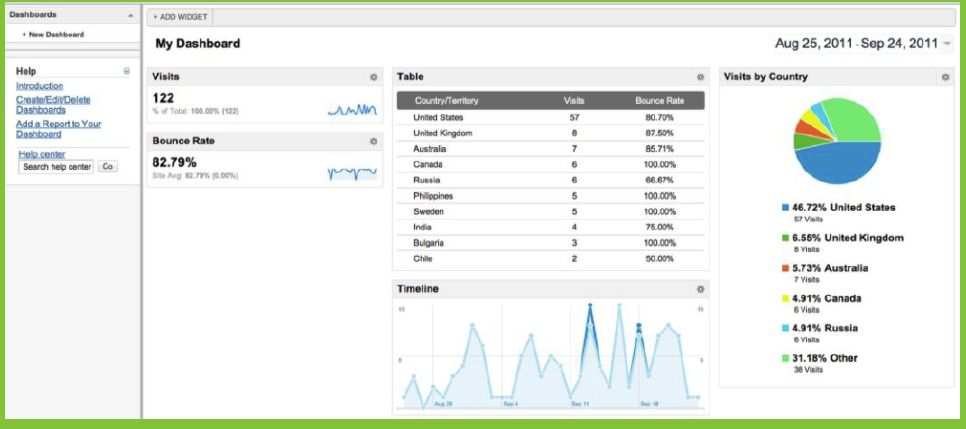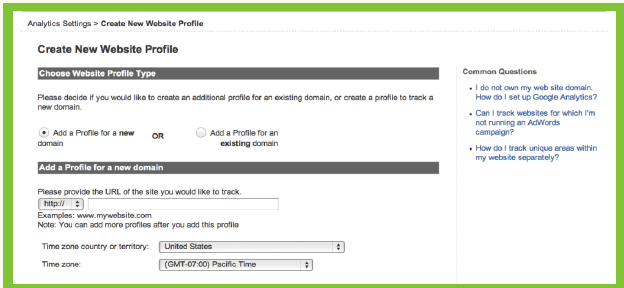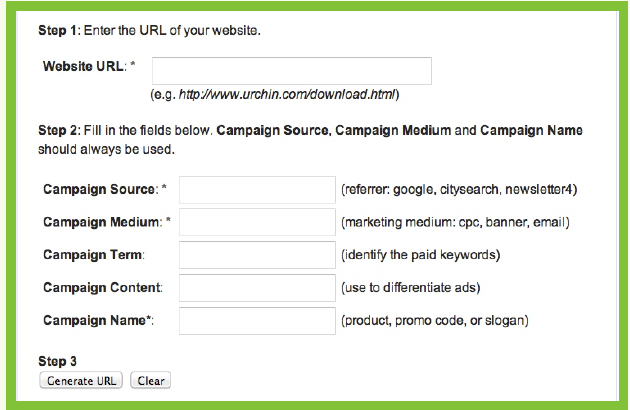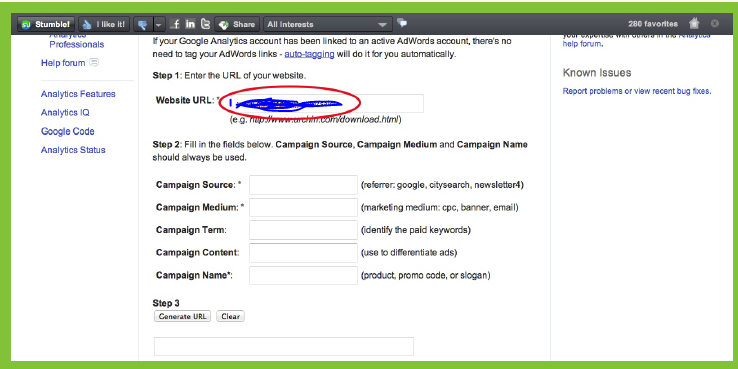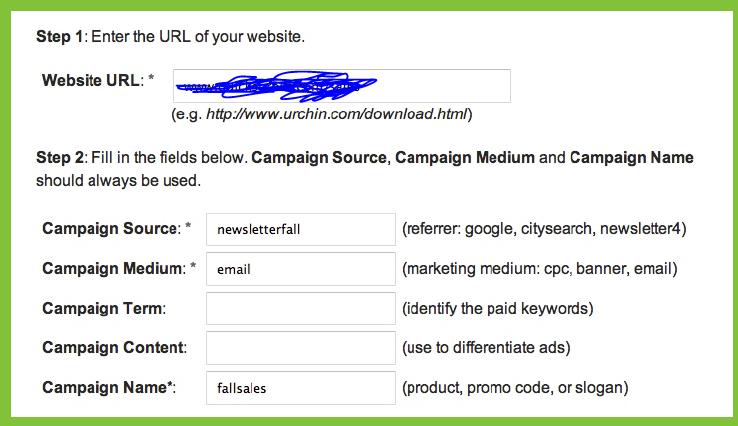Nobody
wants to perform a few several weeks and years on their website, and then have
Google punish their website or fall their SERP roles. This is expensive,
initiatives and frustration. If you do not know what you are doing, you will
have to start everything from the beginning. Actually, it could even mean the
end of your business, particularly if all (or most of) your visitors relies on
organic results.
Is
Google evil? What is the significant on the internet look for engine up to?
In
their continuous effort to generate the on the internet look for engine a
better place for its clients and (AdWords) customers, Google’s team has limited
Suggestions for internet marketers and weblog authors.
Anybody
who wants to give up material and place an article or website on their on the
internet look for engine needs to follow these rules… Or, they risk getting
their roles punished or even various pages eliminated from the catalog all
together.
When it
comes to SEO, features have corroded in the last 12 a few several weeks, and
they do not seem to quit. Both, on-page and off-page site aspects have
experienced repeating up-dates.
You
keep in thoughts Panda, Penguin, Web page Framework and EMD, right? These
up-dates were interesting everybody to build better, more targeted material,
avoid dark hat techniques and provide site visitors with an attractive studying
experience… to be able to improve the come coming back amount and decreased
restoration amount.
Google
is not your enemy!
Google
wants (just like you and me) to provide its customers with nothing but high top
quality material (and relevant ads) so their visitors can spend a while on each
website or website. This allows both the on the internet look for engine
customers and marketers come coming back more often to Google, and grow their
company – you win, Google wins, and their clients win.
These
changes and up-dates are expected to be able to keep everybody happy, and at
the same time, quite spammers and large link-builders to take advantage of or
management the Google SERPs.
Dangerous
SEO Strategy #1
Low
Quality Content and Ads Packed Sites
You
keep in thoughts the popular MFA (made for AdSense) websites, and how they got
penalized?
Google
Panda up-dates center around thin material websites that provide less material,
and more ads for their clients. Do you feel like these one website selling
loaded websites do not are eligible to to appear on the first website of
Google? I think as well.
2013 is
said to be the year of top high top quality content-packed websites. With
excellent material, you will not be compelled to notably improve your website,
which is another issue that might produce Google to give you a caution.
What
does high top quality mean?
Google
has their meaning. Pro weblog authors have theirs. I would say that high top
quality material (regardless its length) is first of all information that
allows the customer get features done (solve a problem) in their life, or
business, quicker, better or easier than before.
Want to
produce high top quality content?
Due
determination is needed.
In
detail study is a must.
Look up
the top 10 blogs in your market or industry. Focus on the ones publishing the
best material. You know what best indicates from a distance away, right? It’s
not usual, it’s particular. It does not discuss concept, but gives personal
ideas, situation research and experiences.
Analyze
the best provided material, and try to understand, what makes them hot, general
or top high top quality.
Then
duplicate the way of writing, and material concepts. I am not saying to coldly
copy-cat your opponents, otherwise how will you take a job out? The key is to
innovate. Surpass your competitors’ material, or, at least, talk on subjects
they are not protecting, or they are usually looking over. That is how you
become noticeable, for both your customers, and the Google radars.
Dangerous
SEO Strategy #2
Link
Techniques and Black Hat Techniques
Google
Penguin up-dates go against websites not following Google’s Webmaster
Suggestions. They look down at black-hat techniques such as but not limited to
cloaking, keyword and key term and key term stuffing, duplicate material
(having the same website in the same way look on many areas which you own or
control), or apparent connecting techniques.
A
latest example would be the Interflora charge. Their “advertorial” marketing
approach was taken by Google. How they function was simple: they paid other
people to create opinions and post them on other (non relevant) websites, in
desires that they would improve their Google roles and on the internet look for
engine reputation.
Matt
Cutts, lately, sent his followers a Tweets sign, concentrating the point that
Google’s recommendations on paid hyperlinks moving PageRank (PR) implement to
“advertorials” as well.
What we
can understand from this study is essential. While low high top quality
back-links might decreased your roles or not depend at all, paying for ads or
hyperlinks to improve your PR is against Google’s policy. This does NOT mean
you are prohibited to advertise or link-build. Google is against this tactic on
non relevant web websites, but they like to see value guiding to value.
If you
do improve or state paid hyperlinks on targeted websites, at least, avoid
keyword and key term and key term stuffing. Actually, extend your hyperlinks
and create them look organic. That indicates you have to combination in the ad
or weblink within the material, and at the same time, do it on a small.
From
what I recognized, Interflora got punished because of doing this ppc on a
significant range, and concentrating on non relevant websites. That is like
investing your marketing budget on all kinds of TV and stereo ads, anticipating
to increase your brand attention and generate income.
That’s
a silly, and now dangerous marketing strategy, as earnings are produced when
you are concentrating on a proper viewers of customers or leads, not a discuss
of individuals who do not want to listen to from you, yes?
Dangerous
SEO Strategy #3
Back-Linking
Systems and Guest Posting
LinkVana
and other similar systems have been hit difficult by Google. And that is well
recognized. Think about you have been striving, for the last few years, creating
a notable connecting information, following Google guidelines, writing
excellent material, and getting high top quality hyperlinks, usually.
And
here comes, some guy, out-ranking you on Google SERP, because they are using
some questionable connecting vegetation and methods. The procedure was quite
comfortable. You search for the services of someone who could toss up low high
top quality (or even good) material. You post them on the program, along with
all kinds of non relevant websites and material. Within per month, you will
have acquired probably thousands of back-links. And the next 30 days, you are
out-ranking websites which have invested years striving and creating a organic
connecting information.
Don’t
you think Google has to take a job out and punish this careless practice? We
know Google like to create worry among internet marketers and are a known
propaganda machine, but they are brilliant. Make no mistake…
Thanks
to them, we now may be able to benefit from all the effort we have made for all
these years, and still stay on the Google oral cavity and get organic visitors.
However, this does NOT mean you should neglect the newest Google changes, if
you want to stay on top of your performance.
Spammers
and dark hat weblink companies have taken on to these up-dates, and now are
using the Google Weblink disavow device to remove bad hyperlinks from their
website, and some of them are going to take the web by surprise with a new
method: large visitor publishing. This is a new viewpoint on the back-link program
technique.
You
focus on (more or less) relevant blogs in your business, you build (good or
bad) material for their website, and do this on a comprehensive. Within per
month, you could have 10… 20 and even 50 material back-linking to your website
or website.
The
method in general is not excellent or bad. It relies on how you use it. If you
visitor support with the only purpose to develop your roles, then Google will
search you down, and individually or immediately punish your website. And there
you go again, you will have to start all over again, from the beginning.
These
are the top 3 most dangerous SEO techniques we have to avoid for 2013 and
beyond.
Be
brilliant, have patience, and assign (wisely) your material marketing. It’s
time we upgrade our performance, and be friends with Google, or they can easily
achieve out our web websites from the SERPs. If you really want to get a
punished website website coming back on the oral cavity, understand how to
duplicate your old industry (and remove the dangerous business hosting account)
to a new business. However, aim to create new organic hyperlinks and understand
from past mistakes… Before you know it, you will be site again. But keep in
thoughts, visitors first – look for search engines second!


